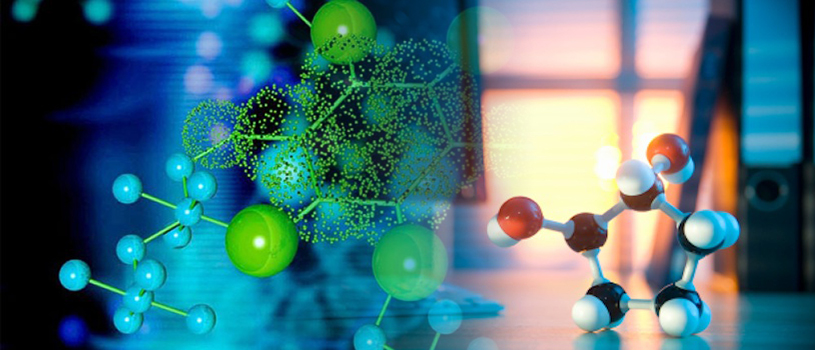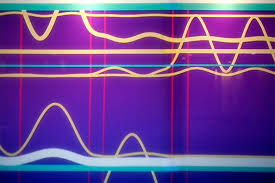
SPACE tourism from Prestwick is a step closer after a US firm at the cutting edge of spaceflight design struck a deal with the Ayrshire base to bring manned launch services to Scotland.

A team of researchers at Sichuan University's West China Hospital has announced plans to begin a clinical trial where cells modified using the CRISPR gene editing technique will be used on human beings for the very first time.

Airplanes are a great convenience to society but not to the environment. Luckily, NASA is constructing an electric airplane designed to be more efficient and quiet.

The new mayor of Turin, Chiara Appendino wants to make vegan diets a priority over next five years. Children will also be educated on the dietary choice and culture of respect.
Facebook’s solar-powered drone has completed a successful test flight.

Engineers have programmed cells to remember and respond to events. This approach to circuit design enables scientists to create complex cellular state machines and track cell histories.

Garden grass could become a source of cheap and clean renewable energy, scientists have claimed. A team of UK researchers have shown that significant amounts of hydrogen can be unlocked from fescue grass with the help of sunlight and a cheap catalyst.

The Askaryan Radio Array team recently published a performance review of the first two stations to come online, showing great potential for the detector to push forward understanding of the cosmos once it's fully operational.

Columbus, USA is the winner of the $40 million Smart City Challenge. The Ohio capital will soon burst with electric vehicles, autonomous shuttles, platooning trucks, and bus rapid transit, which will sail through smart traffic lights that turn green just for them.

The latest Tesla master plan makes "ambitious" seem like an understatement. Tesla CEO and founder Elon Musk released his “Master Plan 2,” detailing the ways in which he hopes to have Tesla contribute to making the energy economy sustainable.

The Large Underground Xenon (LUX) dark matter experiment, which operates beneath a mile of rock at the Sanford Underground Research Facility in the Black Hills of South Dakota, has completed its silent search for the missing matter of the universe.

A team of neuroscientists, computer specialists and engineers release what they say could be the most accurate map yet of the brain, discovering 100 new regions of the brain in the process.

Future tests will put the New Shepard spacecraft through more rigors before people fly aboard.
Two key climate change indicators have broken numerous records through the first half of 2016, according to NASA analyses of ground-based observations and satellite data.